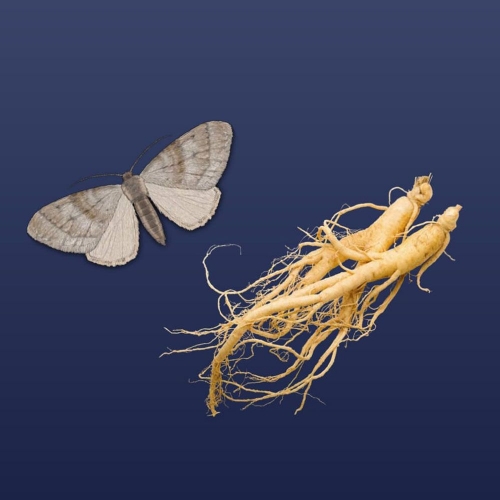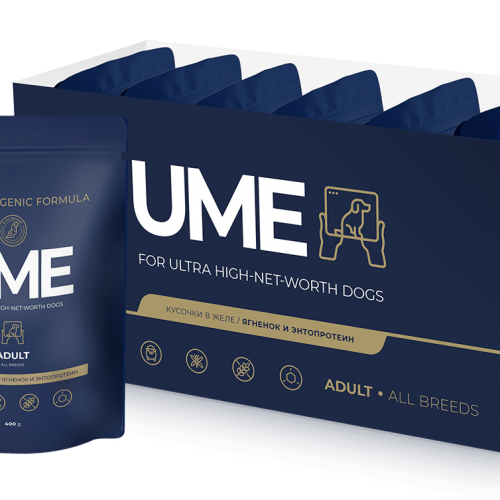Deep-fried bedbugs, boiled wasps, fried ants, grasshoppers with avocado and other unforgettable insect dishes - like the lycaenid butterfly croissant – is this the menu of the future?
Exotic delicacies
Food made from insects is common in the national cuisines of Asia (China, Thailand, India, Japan, Cambodia), Africa (Cameroon, Democratic Republic of the Congo, Ghana, Botswana, Uganda) and North America (Mexico).
In the meantime, insects are eaten all over the globe: they have more protein than chicken meat, are full of iron, magnesium, and other important elements, and finally, they’re simply delicious. A person is born omnivorous, but few are ready to take it to heart and eat, for example, bedbugs or crickets.
In total, there are 1462 species of edible insects in the world, and it is unlikely that all of them can be tasted in a lifetime. But it is worth trying to include entomo protein (insect protein) in your menu: the advantages are rather significant.
Eco-friendly and healthy
Experts' calculations suggest that the breeding of animals - cattle, for example, - and the production of meat are inferior in terms of economic efficiency to protein from insects.
To produce 1 kg of such a product, an average of 500 times less water is required, 12 times less feed and ten times less land than to produce 1 kg of beef protein.
Protein supplements from insects can be more useful for the body than traditional meat and become an integral part of functional foods, and the ingredients obtained from them can even replace some medications.
Protein supplements from insects can be more beneficial for the body than traditional meat and become an integral part of functional foods, and the ingredients derived from them can even replace some drugs.
Food safety experts also support the new type of protein, pointing to the following advantages:
The microflora of insects is not pathogenic.
Unlike animals, which can become carriers of diseases dangerous to humans, insects are grown in an isolated environment where the risk of such infection is minimal.
Food insects carry a minimal risk of an allergic reaction.
Cross-reactivity occurs only in the presence of an allergy to crustaceans. About 2 billion people on Earth already include insects in their diet without any particular consequences, allowing us to count on a low level of allergenicity of insect-derived foods.
Toxic substances are absent in edible insects.
Industrially, only edible insects are cultivated, which do not produce or accumulate toxins.
Why do we need protein and insect ingredients?
From them, we can get:
- protein-lipid flour for food production, which can be used to replace soy flour;
- dietary supplements, medicines and functional nutrition for athletes, baby food;
- a source of chitin, which is used in cosmetology, medicine, and dentistry;
- balanced feed for different animal species.




